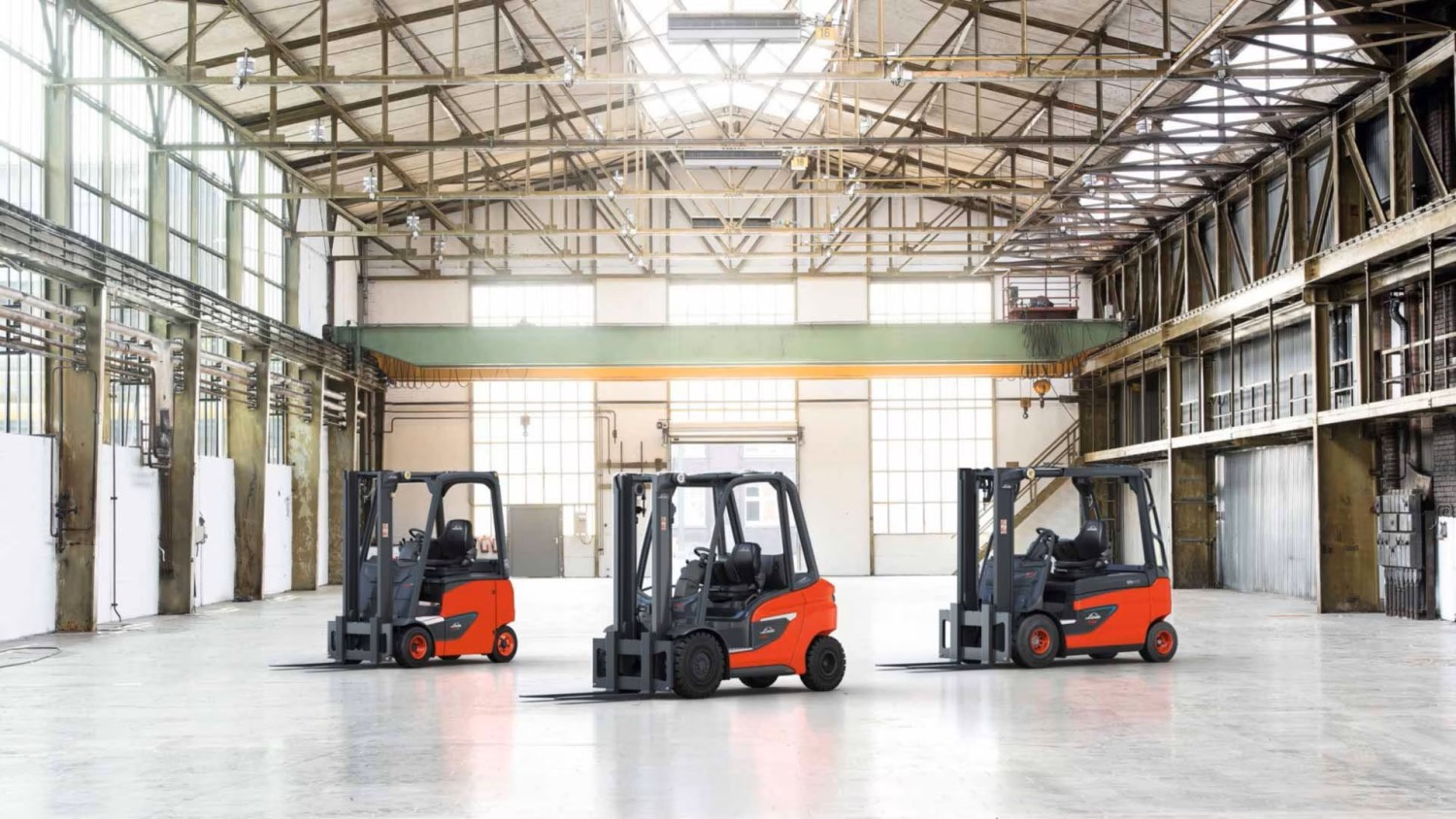Getting a Forklift Certification: Unlike driving a car, forklift operators in Ontario are not required to obtain a formal license to operate a forklift. They do need to get, however, a certification to demonstrate their knowledge and skills for operating a forklift. This requirement is mandated by the Occupational Health and Safety Act (OHSA). Navigating the process of obtaining a forklift certification in Ontario can be daunting. However, by following these seven steps, you can ensure a smooth and successful journey towards certification.
This comprehensive guide will outline the essential steps involved, from selecting the right course to maintaining your certification. Let’s dive in and explore how to become a certified forklift operator in the province of Ontario, Canada.
Step 1: Find a Course That Follows Canadian Standards Association (CSA) Guidelines.
Step 2: Choose a Reputable Forklift Training Company
Step 3: Choose a Course Designed for the Class of Forklift You Operate.
Step 4: Take In-Class Theory Training
Step 5: Make Sure Your Course Has a Practical Component
Step 6: Get an Evaluation and Certification
Step 7: Keep Your Training Up to Date
If you are looking to get certified to operate a forklift truck in Ontario, contact Ri-Go Lift. We offer fully compliant on-site material handling training courses, tailored to meet your company’s site-specific needs.
Getting a Forklift Certification in Ontario
Step 1: Find a Course That Follows Canadian Standards Association (CSA) Guidelines.
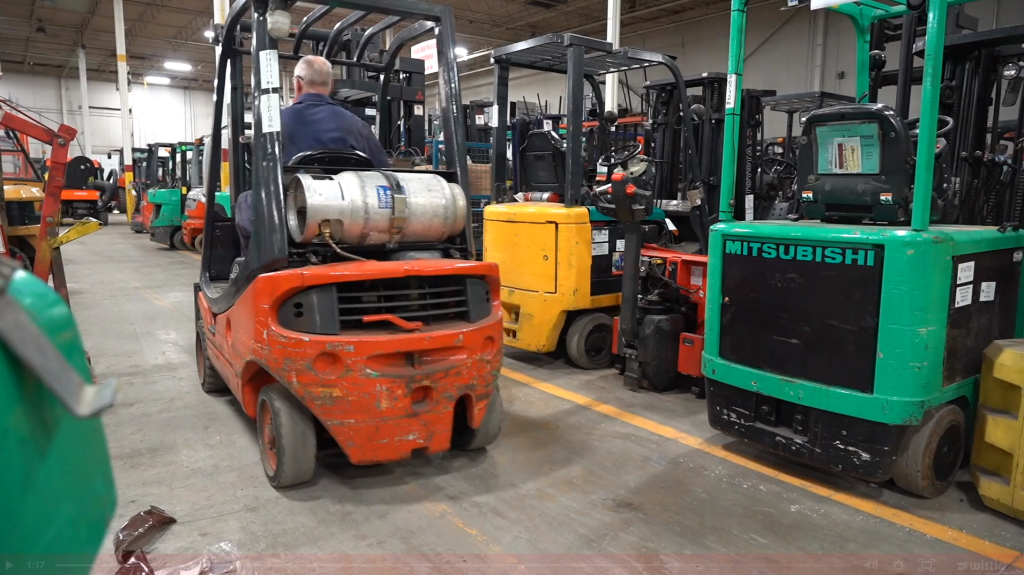
Getting a certificate to operate a forklift in Ontario? Choose a CSA-approved course.
The Canadian Standards Association (CSA) is a non-profit organization dedicated to developing and maintaining standards for a wide range of products, services, and systems in Canada. CSA plays a crucial role in ensuring safety, quality, and reliability across various industries.
Key functions of the CSA include:
- Standards development: Creating and updating industry standards to ensure consistency, safety, and quality.
- Certification: Assessing products, systems, and services against established standards and issuing certifications to those that meet the requirements.
- Training and education: Providing training and educational resources to help organizations and individuals comply with standards and best practices including getting a forklift license.
- Technical consulting: Offering expert advice and guidance on standards-related matters.
To ensure you receive the necessary training to operate a forklift safely and legally, it’s essential to choose a course that adheres to the Canadian Standards Association (CSA) guidelines. The CSA sets the standards for forklift operator training in Canada, ensuring that trainees receive comprehensive instruction on safe operating practices, regulations, and emergency procedures. The CSA standard B335-15 “Safety Standard for Lift Trucks” includes operator training requirements as well as the qualifications of a lift truck trainer.
By choosing a CSA-approved course, you can be confident that you’re receiving the highest quality training and meeting the requirements for forklift certification.
Step 2: Choose a Reputable, and Experienced Forklift Training Company
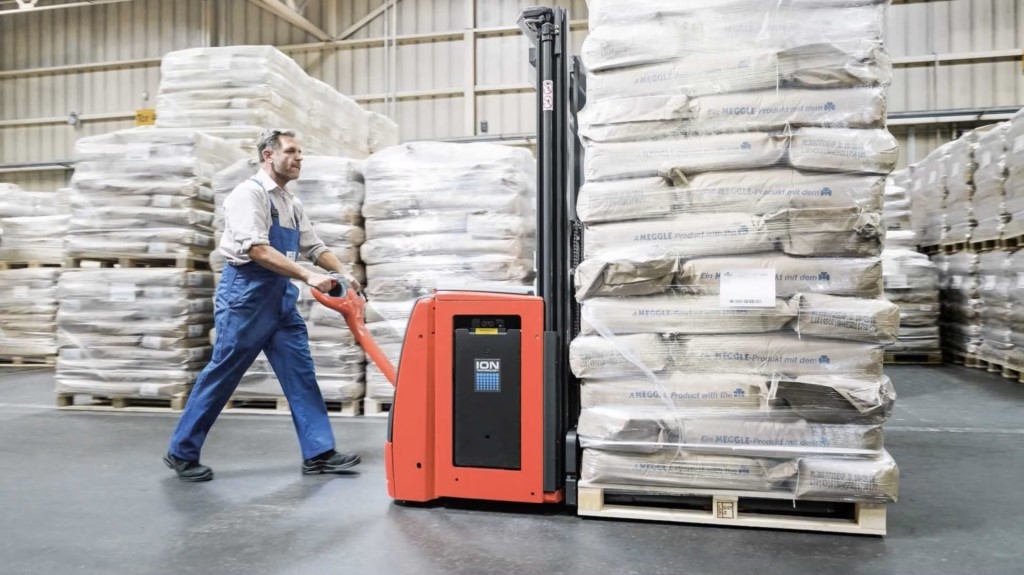
Choose a reputable company for your training.
When selecting a forklift training company, consider the following criteria:
- CSA-approved courses: Ensure the company offers courses that meet the Canadian Standards Association (CSA) guidelines.
- Customizable training: Look for companies that offer tailored training programs to address your specific needs and workplace requirements.
- Comprehensive curriculum: The course should cover all essential aspects of forklift operation, including safety procedures, pre-shift inspections, and emergency response.
- Experienced instructors: Choose a company with qualified and experienced instructors who can provide effective training and guidance.
- Hands-on training: Ensure the course includes practical training sessions on actual forklifts in a simulated warehouse environment.
- Customer satisfaction: Look for companies with a proven track record of satisfied customers and positive reviews.
- Flexible scheduling: Consider companies that offer flexible scheduling options to accommodate your team’s needs.
- Competitive pricing: Compare pricing and service offerings from different companies to find the best value.
By carefully evaluating these factors, you can select a reputable forklift training company that will provide your employees with the necessary skills and knowledge to operate forklifts safely and efficiently.
Step 3: Choose a Course Designed for the Class and type of Forklift You Operate.
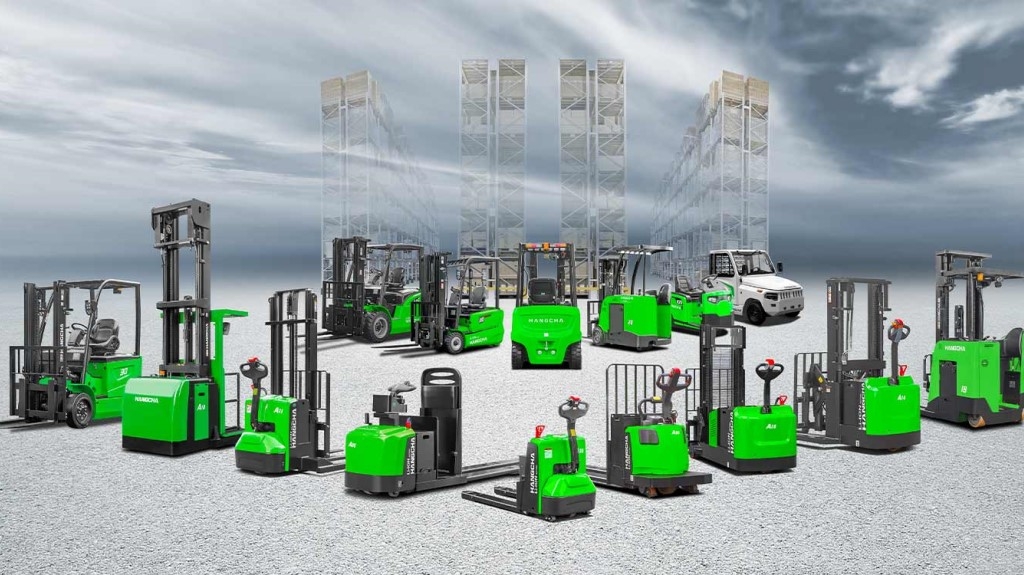
Get training for the class of forklift you will be operating.
Forklifts are categorized into 7 different classes based on their capacity, mast height, and intended use. It’s essential to select a training course that is specifically designed for the class of forklift you will be operating.
Here’s a brief overview of common forklift classes:
- Class I: Electric Motor Rider Forklifts: Used for general material handling tasks, including transporting and stacking pallets.
- Class II: Electric Narrow Aisle Forklift: Designed for operation in narrow aisles, commonly used in warehouses and distribution centers.
- Class III: Electric Motor Hand or Hand/Rider Forklifts: Hand trucks are typically operated by pushing or pulling a handle at the rear while walking or riding. Some motorized pallet jacks in this category feature seats for added comfort and convenience.
- Class IV: Internal Combustion Forklifts – Cushion Tires: These forklifts are powered by internal combustion engines and use cushion tires for indoor operation. They can run on various fuels, including diesel, gasoline, LP gas, or compressed natural gas.
- Class V: Internal Combustion Forklifts – Pneumatic Tires: These forklifts are similar to Class 4 models but feature pneumatic tires, making them suitable for both indoor and outdoor operations.
- Class VI: Electric and Internal Combustion Tractors: Class VI forklifts, often referred to as “tuggers,” are commonly seen at airports pulling luggage carts. These vehicles are primarily used for pulling and transporting loads rather than lifting. They can be powered by either internal combustion or electric engines.
- Class VII: Rough Terrain, Pneumatic Tires: Class VII forklifts, designed for rough terrain, feature large flotation tires that provide excellent traction and stability on uneven surfaces. They are commonly used in construction sites and lumber yards.
Ensure the training course you choose is tailored to the specific class of forklift you will be operating. This will ensure you receive the necessary instruction and skills to handle the equipment safely and effectively.
Additionally, consider any special features or attachments on your forklift that may require additional training. For example, if you’ll be operating a forklift with a side shifter or a boom lift, ensure the course covers these specific functions.
It’s essential to select a training course that is specifically designed for the class of forklift you will be operating to ensure you receive the appropriate instruction and certification.
Step 4: Take In-Class Theory Training
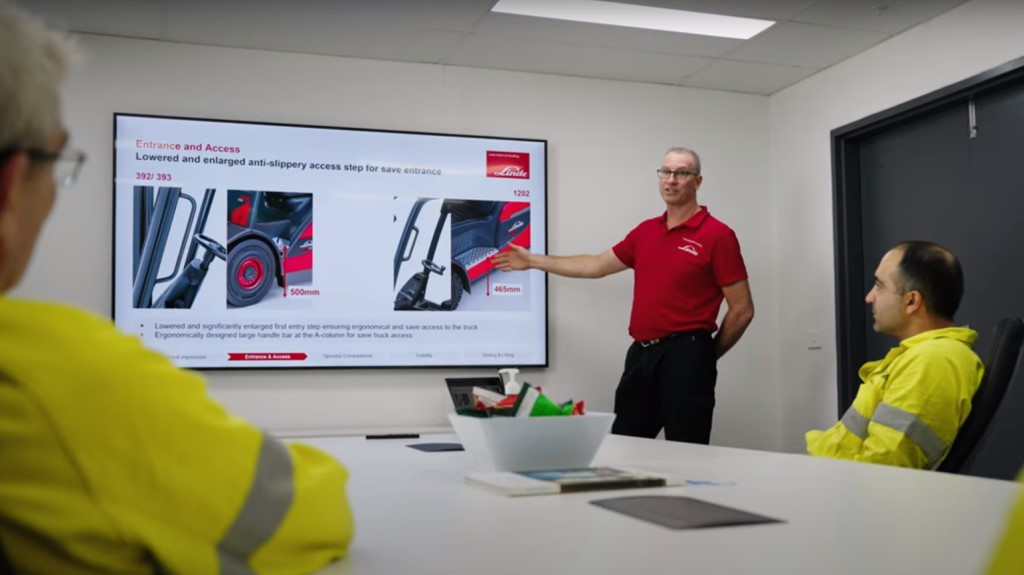
In-class training is important when getting a forklift Certificate – Image: Linde
In-class theory training is a crucial component of a comprehensive forklift operator course. This training provides you with the essential knowledge and understanding required to operate a forklift safely and efficiently.
Key topics covered in in-class theory training typically include:
- Forklift safety regulations: Understanding and complying with local, provincial, and federal regulations.
- Forklift operation: Learning proper operating procedures, including starting, stopping, turning, and maneuvering.
- Load stability: Understanding the principles of load stability and how to safely handle different types of loads.
- Pre-shift inspections: Learning how to conduct thorough pre-shift inspections to identify potential safety hazards.
- Emergency procedures: Understanding how to respond to emergencies, such as spills, fires, or equipment malfunctions.
- Battery safety: Learning proper procedures for handling and charging forklift batteries.
- Environmental regulations: Understanding environmental regulations related to forklift operation, such as emissions standards.
In-class theory training provides a solid foundation for forklift operation and prepares you for the practical training component.
Step 5: Make Sure Your Course Has a Practical Component
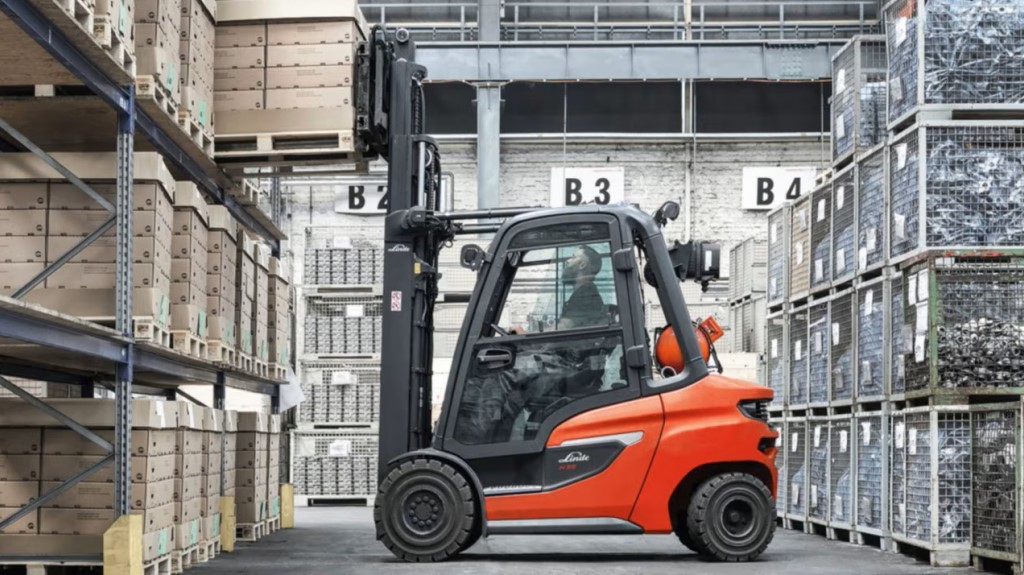
Getting practical, hands-on training is vital when getting a forklift license.
Hands-on training is an essential part of a comprehensive forklift operator course. It allows you to apply the theoretical knowledge gained in the classroom to real-world scenarios. Practical training provides valuable experience and helps you develop the skills necessary for safe and efficient forklift operation.
Here are some key benefits of hands-on training:
- Skill development: Practical training allows you to develop the physical skills required to operate a forklift safely and effectively.
- Confidence building: It will also help you gain confidence in your ability to handle various forklift operations and maneuvers.
- Problem-solving: You will also learn how to identify and address potential hazards or issues that may arise during operation.
- Emergency response: You will get a chance to practice emergency procedures to prepare for unexpected situations.
- Assessment of skills: Your instructor can evaluate your performance and provide feedback to help you improve your skills.
Ensure that the forklift training course you choose includes a significant amount of hands-on training to maximize your learning experience and prepare you for safe and confident forklift operations.
Step 6: Get an Evaluation and Certification
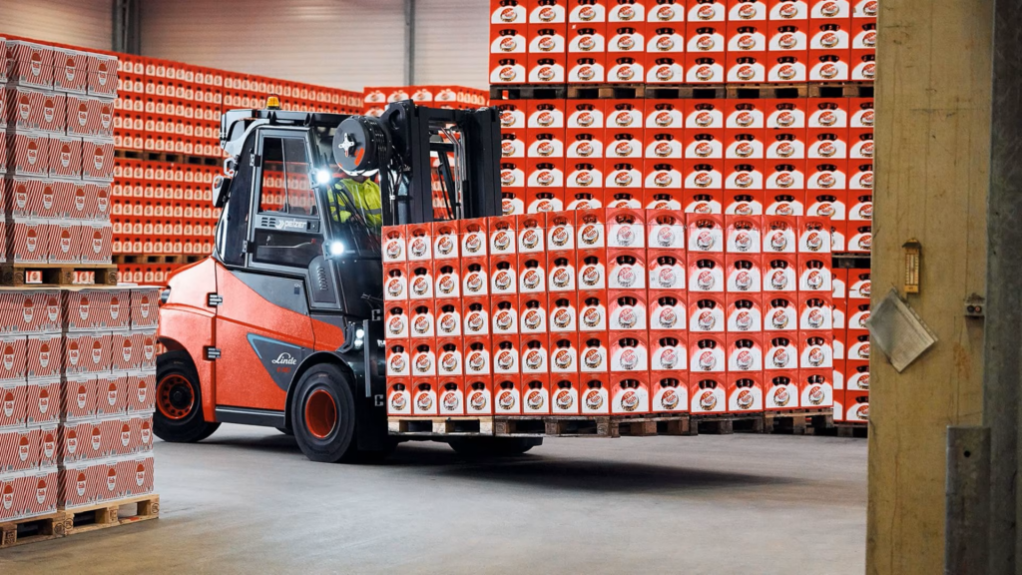
Evaluation usually includes both a written test and a practical on-site assessment.
Once you have completed your forklift training course, you will need to undergo an evaluation to demonstrate your skills and knowledge. The evaluation typically includes both a written test and a practical on-site assessment.
The written test will assess your understanding of forklift safety regulations, operating procedures, and emergency response. The practical assessment will evaluate your ability to operate a forklift safely and efficiently, including maneuvering, lifting, and lowering loads.
Important Note:
While a forklift license is not legally required in Canada, having a valid certificate can significantly enhance your employment prospects and demonstrate your commitment to safety and professionalism. It is highly recommended to obtain certification upon completion of your training.
Step 7: Keep Your Training Up to Date
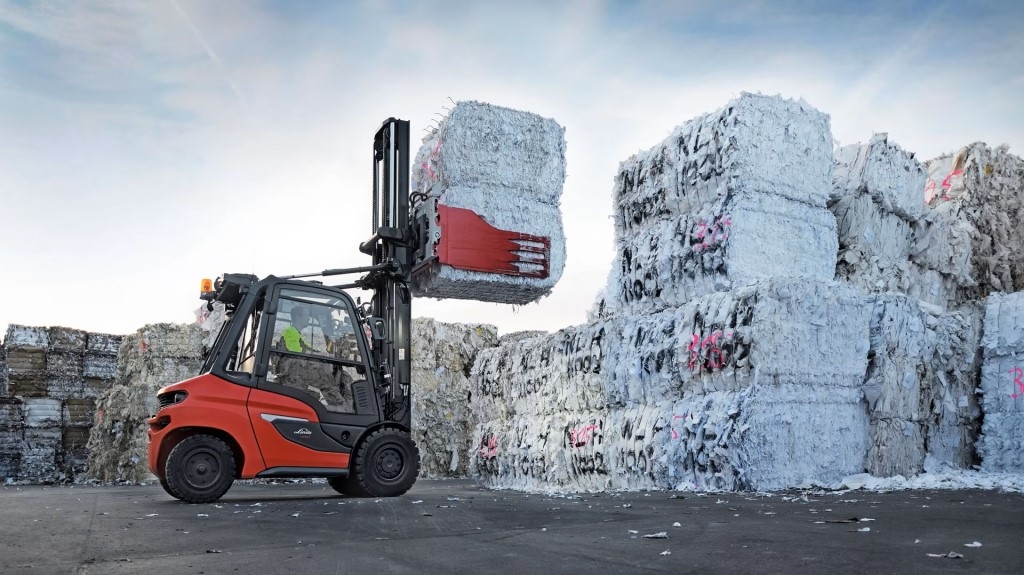
Your Operator Training certificate expires every 3 years in Ontario.
To maintain your forklift operator skills and ensure compliance with regulations, it’s essential to undergo regular training every 3 years in Ontario as per the Canadian Standards Association (CSA)
Key Reasons for Ongoing Training:
- Regulatory compliance: Stay current with industry regulations and best practices.
- Skill enhancement: Improve your operating techniques and efficiency.
- Safety refresh: Review safety procedures and emergency response protocols.
- New equipment training: If you transition to a different type of forklift, ensure you receive appropriate training for the new equipment.
By investing in ongoing training, you can demonstrate your commitment to safety and professionalism, enhance your career prospects, and contribute to a safer workplace.
Remember: Even with a valid certificate, it’s essential to refresh your knowledge and skills through ongoing training to stay up-to-date on industry best practices and safety regulations.
Failure to comply with the Occupational Health and Safety Act could result in a maximum fine (person) of $100,000 or imprisonment for not longer than 12 months or both and a maximum fine (corporation) of $1,500,000. Failure to comply with the Canada Labour Code could result in a fine (every person) of $1,000,000 or imprisonment for not longer than 24 months or both.
Getting a Forklift License? Ri-Go Can Help.

If you are looking for the best forklift training, contact us. Our highly experienced instructors can give you the training you need to comply with Ontario forklift operator certification.
If you are in the market for a new or used forklift, contact us. We have a wide selection and our knowledgeable staff can help you choose the perfect unit for your needs.
Since 1977, Ri-Go Lift Truck has been serving customers in Ontario and Quebec with everything they need for material handling. We are committed to providing you with quality service and a high level of customer satisfaction.
We are your authorized dealer for the following top brands:
- Linde Lift Trucks, Power Pallet Trucks, Tow Tractors and Stackers
- Hangcha – Full Line-up Including Lithium-Ion
- Blue Giant Lift Trucks and Pallet Movers
- Komatsu Forklifts and Reach Trucks
- Mariotti Lift Trucks – The Worlds Smallest Lift Truck
- Baoli Lift Trucks
- Advance Sweepers and Scrubbers
- Skyjack Genie Booms and Scissor Lifts
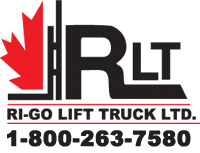
In addition to our authorized distributorships, we can also provide you with:
- Large selection of used forklifts
- Operator Training Department – open 7 days a week
- Parts Departments – over $1.9 million dollars of parts on hand for all makes and models
- Service Department – highly trained technicians
- Leasing and Rentals
No matter what your material handling needs are, we can help. Contact us today to let us know how we can be of service.
What Our Customers Think…
“Randall was our instructor and he did a fantastic job. We have some staff that are fairly new to the forklift operation (or entirely new) and he was great at coaching them and making them feel comfortable. I also wanted to pass along that we have been very happy with our dealings with your company since we first started doing business. Thanks again for such great service!”
Ryan



